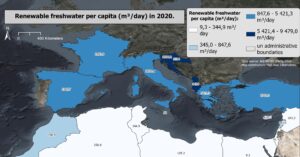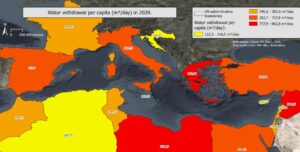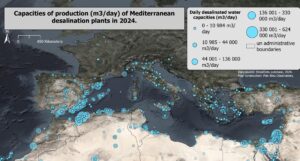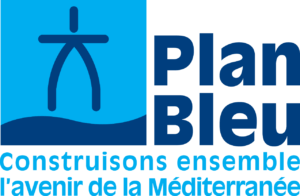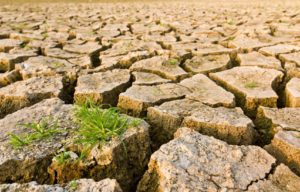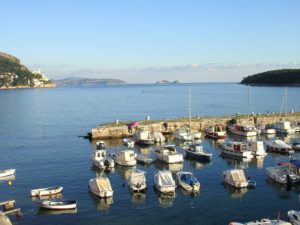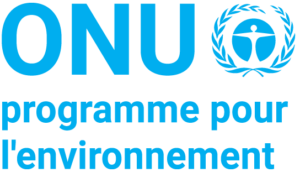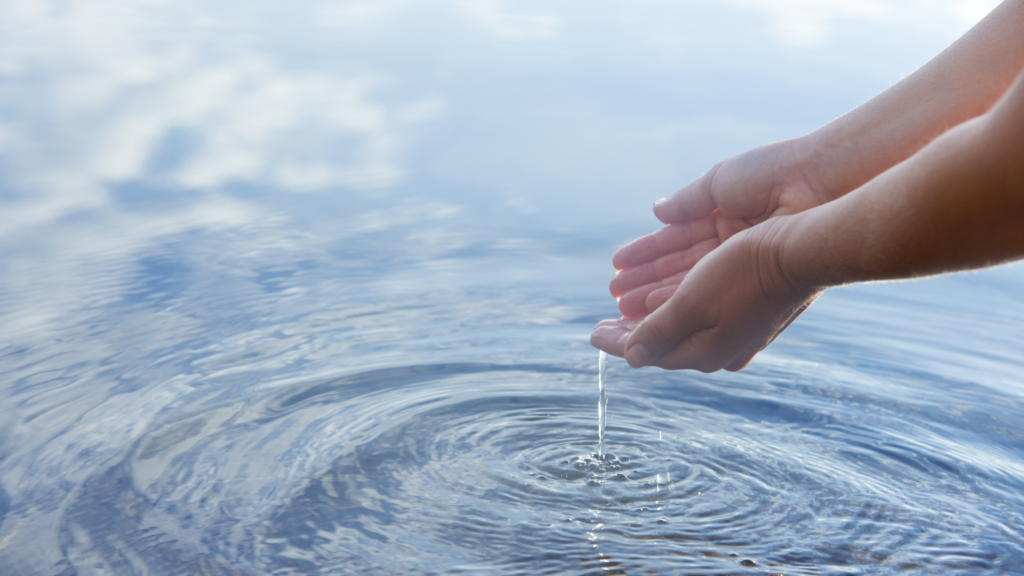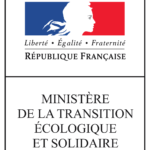Given the increasing climate and human pressures on water resources in the Mediterranean, an integrated approach based on demand-side water management is absolutely essential.
Unevenly distributed water resources and growing pressures
Water resources are unevenly distributed across the Mediterranean basin. Three countries—France, Italy, and Türkiye—receive half of the region’s total precipitation, while Southern Mediterranean countries capture only a tenth. In some countries, such as Egypt, Israel, or Malta, annual water withdrawals approach or even exceed the volume of renewable freshwater resources (with a stress index over 80%).
Projections indicate that water scarcity is likely to worsen by 2050, driven by increasing demand and a marked seasonal footprint. Significant demographic growth in the South and East, along with the expansion of tourism, industry, and irrigated agriculture—compounded by the impacts of climate change—will intensify pressure on Mediterranean water resources.
According to current studies and model projections, the number of people in the region facing water scarcity (below 1,000 m³ per capita per year) is expected to rise from 180 million today to over 250 million within the next 20 years.
A new approach: managing water demand, not just increasing supply
With rapid population growth, environmental degradation, and the effects of climate change, Mediterranean countries are increasingly turning to non-conventional water resources—such as wastewater reuse and desalination—despite the controversies surrounding these solutions. Meeting growing water needs solely by increasing supply is no longer a viable strategy, even though it has historically been the default policy response in the region.
In this context of crisis, there is considerable room for progress in resource management, particularly by addressing water demand, distribution, and usage. This means reducing losses and inefficient practices (such as waste and leakage during distribution and transport), while improving water-use efficiency. The potential for improvement is significant: water savings are estimated at around 25% of current demand, with irrigated agriculture accounting for over 65% of this potential.
Plan Bleu’s 2025–2027 Water Programme
The Plan Bleu’s activities aim to support the implementation of the Mediterranean Strategy for Sustainable Development (MSSD), and more specifically, to help Mediterranean countries ensure water security in the face of global changes. The programme is structured around four strategic priorities. The Plan Bleu Observatory monitors both the quantitative and qualitative evolution of water resources, with the objective of promoting integrated water resource management by sharing knowledge and data with Mediterranean stakeholders.
This also includes producing sectoral analyses that integrate water considerations, through the MSSD and thematic reports focusing on tourism, industry, and agriculture.
In addition, scientific work led by MedECC and studies on Nature-based Solutions (NbS) highlight the impacts of climate change on water resources, as well as potential adaptation and mitigation solutions. Finally, Plan Bleu continues to explore emerging techno-solutionist approaches—such as desalination and wastewater reuse—which are gaining traction across the region. In light of the growth of these sectors, it is crucial to critically assess their long-term sustainability.
-
Promote data sharing and collection through the Plan Bleu Observatory
-
Encourage integrated water resource management, especially demand-side strategies
-
Support the sustainability of non-conventional water resources
